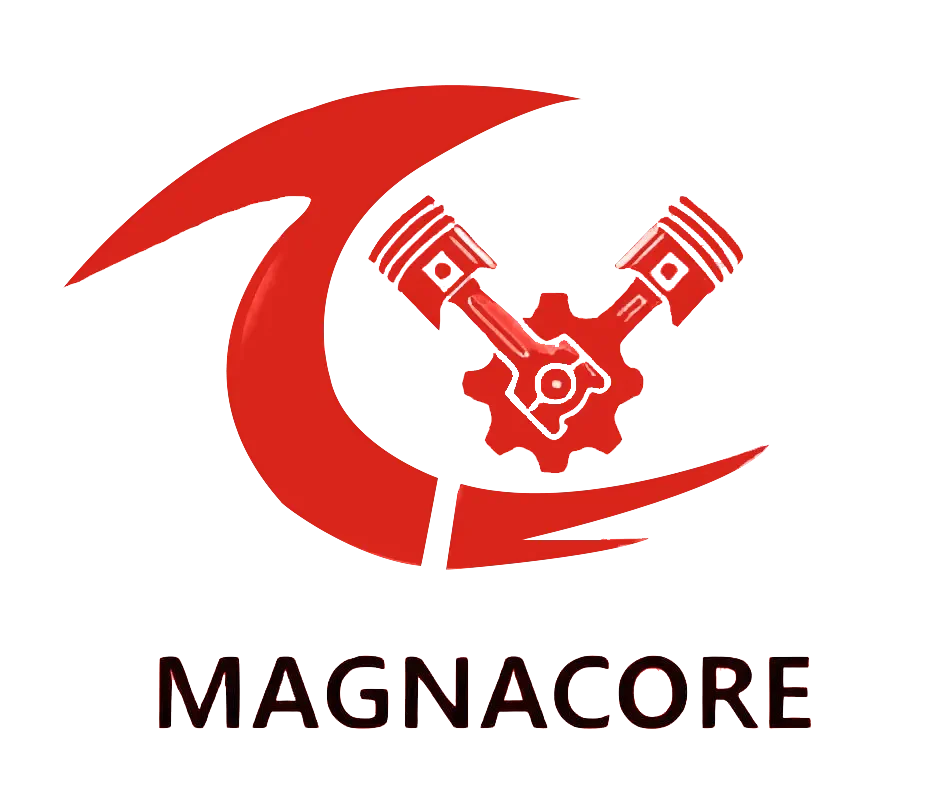When investing in Permanent Magnet Synchronous (PMS) motors, the purchase price is just the beginning.
Smart buyers evaluate Total Cost of Ownership (TCO) – a comprehensive calculation that reveals your true long-term expenses and savings.
This guide breaks down how to calculate TCO for PMS motors and why they often outperform traditional motors financially.
What Exactly is Total Cost of Ownership for Motors?
Beyond the Purchase Price
TCO for motors encompasses all expenses incurred throughout the entire lifecycle of the motor, extending well beyond the initial purchase price.
This includes not only the cost of acquiring the motor but also the expenses associated with installation, operation, and maintenance.
Understanding TCO provides a comprehensive view of the financial implications of motor ownership, helping organizations make informed decisions that consider long-term costs rather than just upfront expenditures.
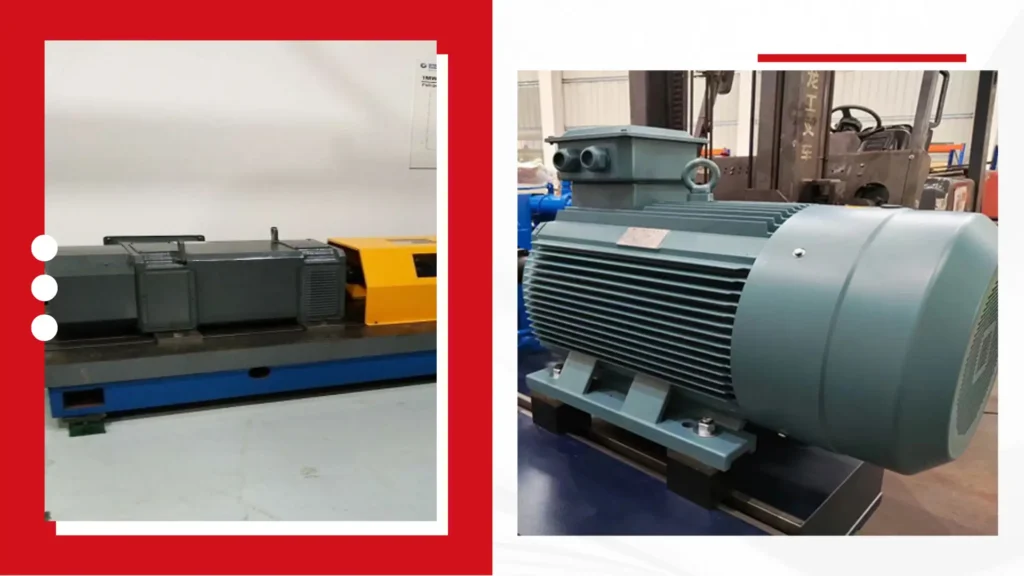
Why PMS Motors Shine in TCO Calculations
Permanent Magnet Synchronous (PMS) motors often excel in TCO calculations due to their superior efficiency and durability.
While the initial purchase price of PMS motors may be higher than that of traditional induction motors, their energy efficiency typically results in significant savings over time.
Reduced energy consumption leads to lower electricity bills, while the enhanced durability of PMS motors reduces the frequency and costs of maintenance and repairs.
This combination of factors often offsets the higher upfront costs, making PMS motors a financially savvy choice for long-term operations.
The 5 Key Cost Components
When evaluating the Total Cost of Ownership for motors, five key cost components should be considered.
First, the initial purchase and installation costs encompass the price of the motor itself and any expenses associated with installing it.
Second, energy consumption costs reflect the ongoing electricity expenses incurred during operation.
Third, maintenance and repair costs cover routine servicing and unexpected repairs throughout the motor’s life.
Fourth, downtime costs account for lost productivity due to the motor being out of service for repairs.
Finally, the residual value at end-of-life represents any potential salvage value that can be recouped when the motor is disposed of or replaced.
And More:
- Permanent Magnet Synchronous Motor Price Comparison
- Top 10 Permanent Magnet Motor Manufacturers in Chile
How Much Can You Save on Energy Costs?
Efficiency Comparison: PMS vs Induction Motors
The efficiency of motors plays a crucial role in determining energy costs, and PMS motors often demonstrate a significant advantage over traditional induction motors.
On average, PMS motors can achieve 5-15% higher efficiency, translating to substantial savings in electricity expenses over their operational lifespan.
This enhanced efficiency means that less energy is wasted during operation, allowing organizations to reduce their overall energy consumption and lower their utility bills.
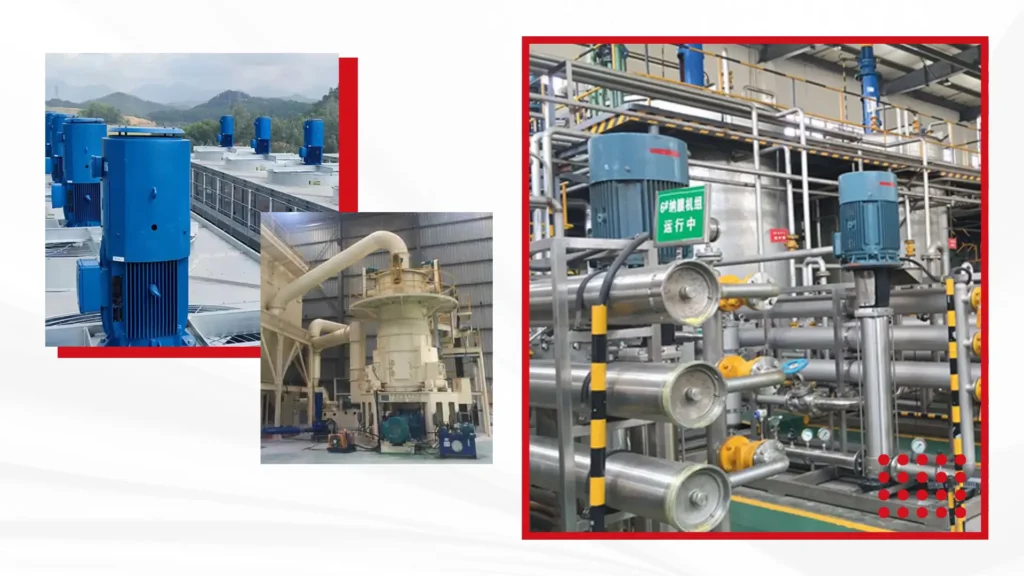
Calculating Annual Energy Savings
To quantify the annual energy savings achieved by using a PMS motor, a specific formula can be employed:
Annual Savings=(HP×0.746×Hours/Yr×$/kWh×(ηstandard1−ηPMS1)
This formula takes into account the horsepower (HP) of the motor, the number of hours it operates per year, the cost of electricity in dollars per kilowatt-hour (kWh), and the efficiency of both the standard motor and the PMS motor.
Using this equation allows businesses to accurately project the financial benefits of switching to a more efficient motor.
Real-World Impact of Efficiency Gains
The real-world impact of increased efficiency can be quite significant.
For instance, a 100HP motor that runs for 6,000 hours each year could save between $5,000 and $15,000 annually if the cost of electricity is $0.10 per kWh.
These savings are derived from the enhanced efficiency of the PMS motor compared to less efficient alternatives.
This not only improves the bottom line but also contributes to sustainability goals by reducing overall energy consumption.
What Are the Hidden Installation Costs?
Physical Installation Differences
When considering the installation of PMS motors, physical installation differences can lead to hidden costs.
PMS motors typically require less space than equivalent induction motors due to their more compact design. This smaller footprint can simplify the installation process, allowing for easier integration into existing systems.
These advantages not only streamline the installation process but also lead to potential savings in both time and resources.
Electrical System Compatibility
Another important aspect to consider is the compatibility of the electrical system with PMS motors. Many PMS motors are designed to operate with Variable Frequency Drives (VFDs) to optimize their performance.
However, if the existing VFD is not compatible or requires upgrading, this can lead to additional costs.
Ensuring that the VFD is capable of fully utilizing the capabilities of the PMS motor is essential for achieving optimal efficiency.
This may involve not only purchasing a new VFD but also the associated installation and configuration costs, which can add to the overall installation expenses.

Potential Infrastructure Savings
One of the hidden benefits of installing PMS motors is the potential for infrastructure savings. Due to their higher efficiency,
PMS motors often generate less heat compared to traditional induction motors.
This reduction in cooling requirements can lead to significant savings in both equipment costs and energy consumption.
Investing in PMS motors can therefore yield long-term benefits, not only through improved efficiency but also by reducing the need for extensive cooling infrastructure.
Also Read:
- Retrofitting Legacy Systems: Upgrading to Rare Earth PMS Motors in Old Plants
- A Comprehensive Guide to Permanent Magnet Synchronous Motor Wholesale in China
How Does Maintenance Affect TCO?
Reduced Wear Parts
Maintenance plays a critical role in the TCO of motors, particularly when it comes to wear parts.
PMS motors are designed without rotor windings, which means there are fewer components that can fail over time.
This reduction in wear parts translates to lower maintenance costs since there are fewer items to inspect, repair, or replace.
The extended lifespan of these components also contributes to a decrease in overall operational expenses, making PMS motors a more cost-effective option in terms of maintenance requirements.
Bearing Maintenance Requirements
The maintenance requirements for bearings in PMS motors are often less demanding compared to traditional motors.
Many PMS motors utilize premium bearings that are engineered for longer service intervals.
This means that routine maintenance and replacement of bearings can be less frequent, further reducing maintenance costs and downtime.
The use of high-quality bearings not only enhances reliability but also contributes to the overall efficiency of the motor, making it a smart choice for long-term operations.
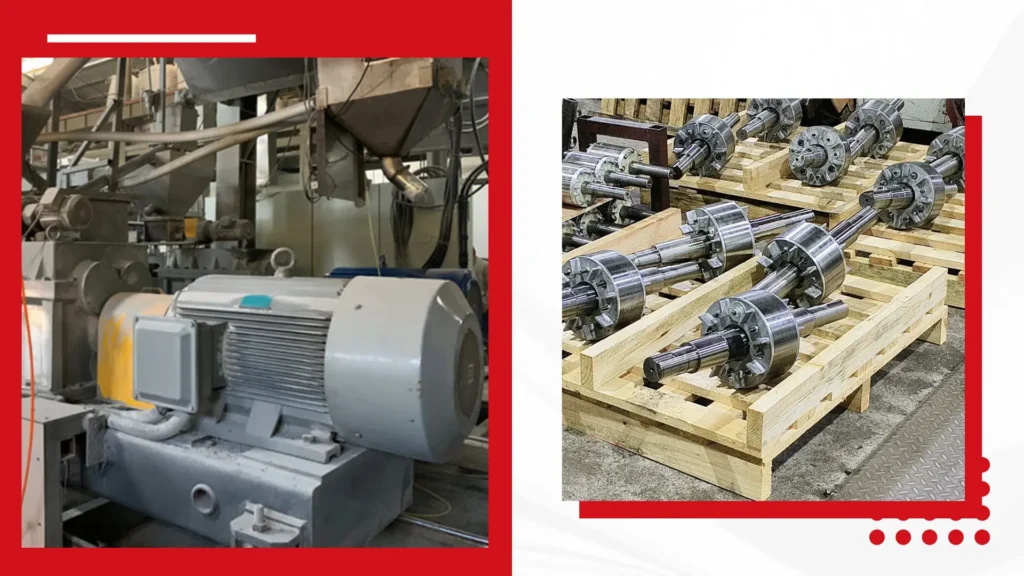
Diagnostic Advantages
PMS motors often come equipped with built-in sensors that provide diagnostic advantages, enabling predictive maintenance.
These sensors monitor key performance metrics, allowing operators to identify potential issues before they escalate into significant problems.
This proactive approach to maintenance helps to minimize unexpected downtime and reduces repair costs.
What’s the True Cost of Downtime?
Production Loss Calculations
Calculating the true cost of downtime involves estimating the production losses incurred during periods when the motor is non-operational.
This can be determined by multiplying the hourly output value by the number of expected downtime hours.
Understanding these figures helps organizations recognize the financial impact of downtime and underscores the importance of reliable motor performance to maintain continuous operations.
PMS Motor Reliability Benefits
PMS motors offer significant reliability benefits, typically experiencing 30-50% fewer failures compared to traditional induction motors.
This enhanced reliability translates to reduced downtime and lower maintenance costs, making PMS motors a more dependable choice for long-term operations.
The lower failure rate not only minimizes production interruptions but also fosters a more stable working environment, allowing businesses to meet production targets more consistently and efficiently.
Faster Restart Capabilities
Another advantage of PMS motors is their faster restart capabilities following outages.
These motors provide instant torque, which allows for quicker resumption of production after a shutdown.
This rapid restart capability helps minimize the duration of downtime and mitigates the associated production losses, further enhancing the overall efficiency and reliability of operations.

How Long Do PMS Motors Really Last?
Typical Lifespan Expectations
Quality PMS motors are known for their impressive longevity, often lasting 25-30% longer than their induction motor counterparts.
This extended lifespan is due to several factors, including their efficient design, reduced heat generation, and fewer moving parts that are prone to wear and tear.
The longer operational life of PMS motors not only contributes to lower replacement costs over time but also enhances overall system reliability, making them a wise investment for businesses seeking durability and performance.
Factors Affecting Longevity
Several factors can influence the longevity of PMS motors, including proper sizing, effective cooling, and routine maintenance.
Ensuring that the motor is appropriately sized for its application is critical; an oversized or undersized motor can lead to inefficiencies and increased wear.
Regular maintenance, including inspections and timely repairs, further supports the longevity of PMS motors, allowing them to operate efficiently for years.
End-of-Life Value Considerations
At the end of their operational life, high-quality PMS motors may still hold significant value, particularly due to the recycling potential of their components.
The magnets used in PMS motors, for example, can be reclaimed and reused in various applications, providing a valuable end-of-life asset.
Considering the end-of-life value of PMS motors is an important aspect of the Total Cost of Ownership, as it adds another layer of financial benefit to their overall use.
And More:
- Extending Lifespan: Preventive Maintenance Checklists for Industrial PMS Motors
- Rare Earth PMS Motors vs. Switched Reluctance Motors: Which Wins on Efficiency?
How to Calculate Your Specific TCO?
Gathering Your Operational Data
Calculating your specific TCO begins with gathering relevant operational data.
Key information to collect includes energy rates, which will influence your ongoing operational costs, as well as the number of operating hours per year for the motor.
This data forms the foundation for an accurate TCO calculation and enables you to make informed decisions regarding motor selection.
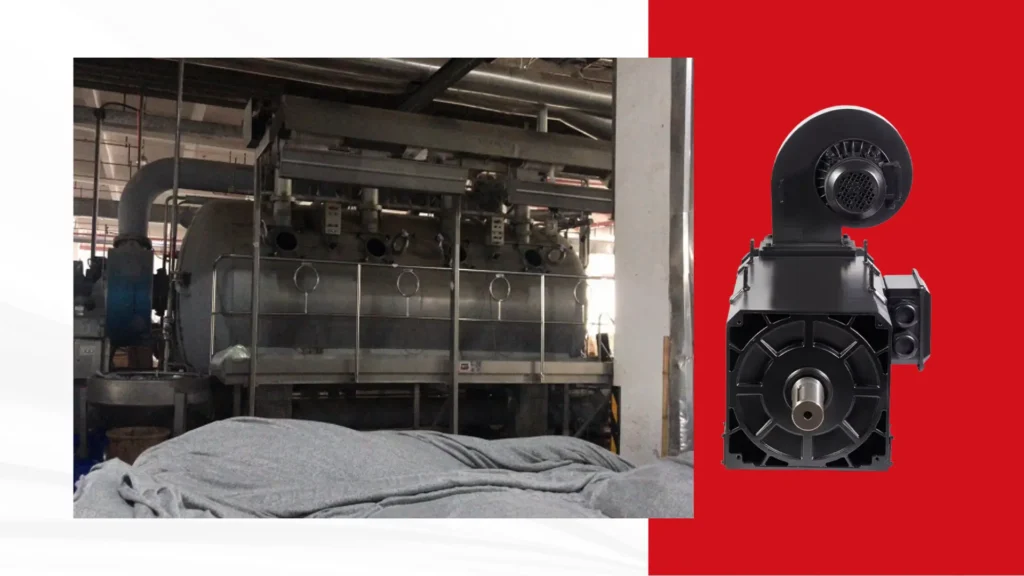
Simple TCO Formula
Once you have gathered your operational data, you can use a simple formula to calculate your TCO. The formula is as follows:
TCO=Purchase+Installation+(Annual Costs×Years)−Residual Value
In this equation, the “Purchase” and “Installation” costs represent the initial investment, while “Annual Costs” encompass ongoing expenses such as energy consumption and maintenance.
Multiplying annual costs by the number of years the motor is expected to operate provides a comprehensive view of long-term expenses.
Online TCO Calculators
To simplify the TCO calculation process, many manufacturers offer online TCO calculators.
These free tools allow users to input their specific data, such as energy rates and operational hours, and automatically compute the TCO for different motor options.
Utilizing these calculators can save time and reduce the potential for errors in manual calculations.
They also provide a clear comparison between various motor types, helping businesses make informed decisions based on their unique operational needs and financial considerations.
When Do PMS Motors Make Financial Sense?
Best Applications for Maximum Savings
PMS motors are particularly advantageous in specific applications where maximum savings can be realized.
Continuous duty applications, where motors run for long periods, benefit significantly from the efficiency of PMS technology.
High-utilization environments, where the motor is used frequently, can also see substantial savings in energy costs, making PMS motors a financially sound choice.
Payback Period Considerations
The payback period is a critical aspect when evaluating the financial sense of investing in PMS motors.
Many PMS motors can pay back their premium costs within 1-3 years due to their energy efficiency and reduced maintenance requirements.
This relatively short payback period makes PMS motors an attractive option for organizations looking to enhance their operational efficiency without a long wait for return on investment.
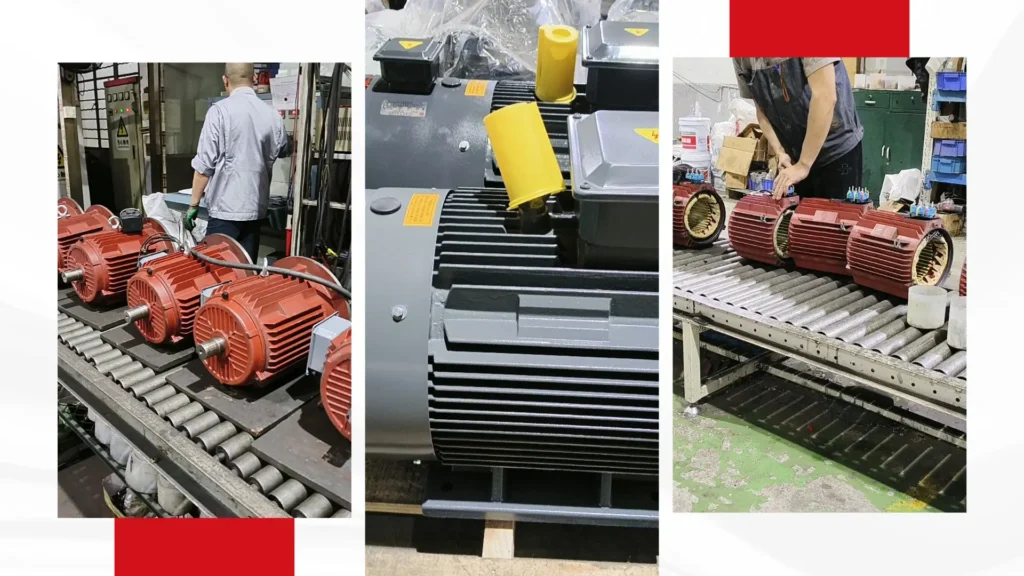
Financing Options to Improve ROI
To further improve the return on investment (ROI) for PMS motors, various financing options can be considered.
Leasing arrangements allow businesses to acquire motors without a large upfront capital outlay, making it easier to integrate advanced technology into operations.
These options can alleviate the financial burden of acquiring PMS motors and enhance overall project feasibility, making it easier for companies to transition to more efficient technologies.
Conclusion
While PMS motors often entail a higher initial investment, their Total Cost of
Ownership frequently proves to be 20-40% lower than traditional motors over a 10-year period.
By accurately calculating all cost factors, businesses can make informed decisions that maximize long-term savings and operational efficiency.
For those looking for a personalized TCO analysis, our motor specialists are available to help crunch the numbers tailored to your specific application, ensuring you find the best solution for your needs.
